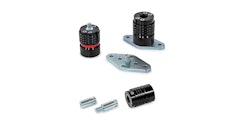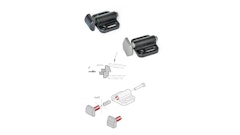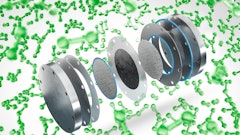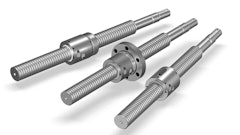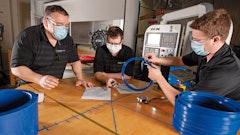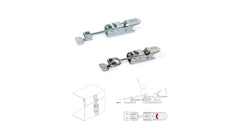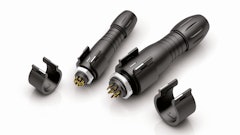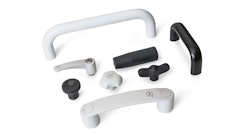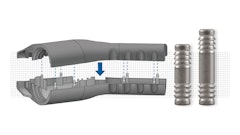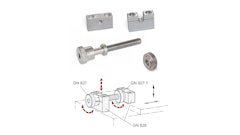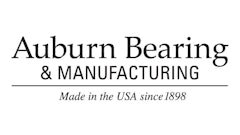
Finding the right balance between durability, weight and lifespan is a constant factor for component manufacturers, and is typically based upon the materials from which a part is made. As such, continuous research efforts have been invested into finding or developing materials which meet all of these varied needs.
One industry particularly interested in the development of stronger, yet lighter weight materials is the U.S. military. It wants to be able to improve the fuel efficiency of its vehicles without compromising the safety of its personnel. To help with the development of such materials, the military has been funding various research efforts for materials.
In early 2014, Worcester Polytechnic Institute (WPI) was the recipient of a multi-university award from the U.S. Army to research and develop new metallurgical methods for producing durable, lightweight materials (learn more, 11336918). The project will also investigate new alloys to potentially replace rare earth elements currently used in some material compositions.
According to Professor Richard Sisson, head of the Materials Science and Engineering Program at WPI and principal investigator for the project, one of the key issues facing military vehicle components is corrosion. Many of the components are made out of magnesium because it is very strong and light, but corrodes very easily unless properly treated. Sisson says replacement of these magnesium parts can be costly and they are often not readily available, which is why he and his team are looking into materials and processes that can help mitigate these issues.
Sisson and his colleagues at the university will be studying how alloys perform using an approach called “nanomaterials by design.” Laboratory studies will be combined with various modeling techniques, such as thermodynamic models and kinetic models, to predict the microstructure and microchemistry of new alloys. An alloy’s microstructure is said to be a determining factor for how it will perform.
Examining material processes
A large part of the project will focus on developing a database and computer modeling techniques to predict the properties of lightweight alloys. These tools will also be used to design and test new alloys for military applications. “What we’re working on is trying to understand the relationships between the processes and the mechanical properties we’re going to get at the end,” says Sisson.
To do this, the research team will look at various processes that can alter an alloy’s microstructure. One of the key processes being examined is a technique called cold spray. Initially a repair technology, the process works by spraying metal in the form of a powder onto a worn or cracked component until it is built back up to its original dimensions. It can then be milled if necessary to get the part looking like its original shape. Sisson says the process can also be used as a form of additive manufacturing by spraying powder into a mold to make parts.
Cold spray has a lot of parameters that must be controlled—temperatures, velocities, powder shapes and sizes—which can affect the properties of a material. To examine these effects, the WPI team has developed a through-process model in which every step of the cold spray process from powder making to pretreatment conditioning is evaluated. Data collected during each stage of the process is used to create the models and database for predicting the properties of a material.
Replacing rare earth elements
Another portion of the WPI project is focused on rare earth elements (REEs), which are often used to strengthen magnesium alloys. However, due to their high cost and limited supply, REEs are not necessarily the most cost effective option for vehicle components.
The WPI team will be looking to develop replacements for those rare earth elements in an effort to help bring down component costs for the military, which is one of the largest consumers of magnesium alloys in the U.S. “There are some rare earths readily available [and] the first thing we’re looking at is switching to [those] to see if they’ll work just as well,” says Sisson.
Sisson says the team will use computational thermodynamics to evaluate the mechanical properties of any potential new elements when put through various processes, such as heat treating. For ceramic and other coating materials research will investigate the potential for replacing rare earth elements as well as reusing the coating when stripped off of a component.
While much of the current WPI research is focused on materials used in military applications, Sisson says construction and agricultural OEMs have shown interest, as well. He says their interest will most likely be focused on using the processes and materials developed by WPI for coatings and producing smaller parts for their equipment designs.







![8042 23 Dsc2132 Copy Bearb Cmyk Hintergr Unscharf 02 (002)[1]](https://img.oemoffhighway.com/files/base/acbm/ooh/image/2023/10/8042_23_DSC2132_copy_bearb_CMYK_Hintergr_unscharf_02__002__1_.653bdc00097dc.png?auto=format%2Ccompress&fit=crop&h=135&q=70&w=240)

